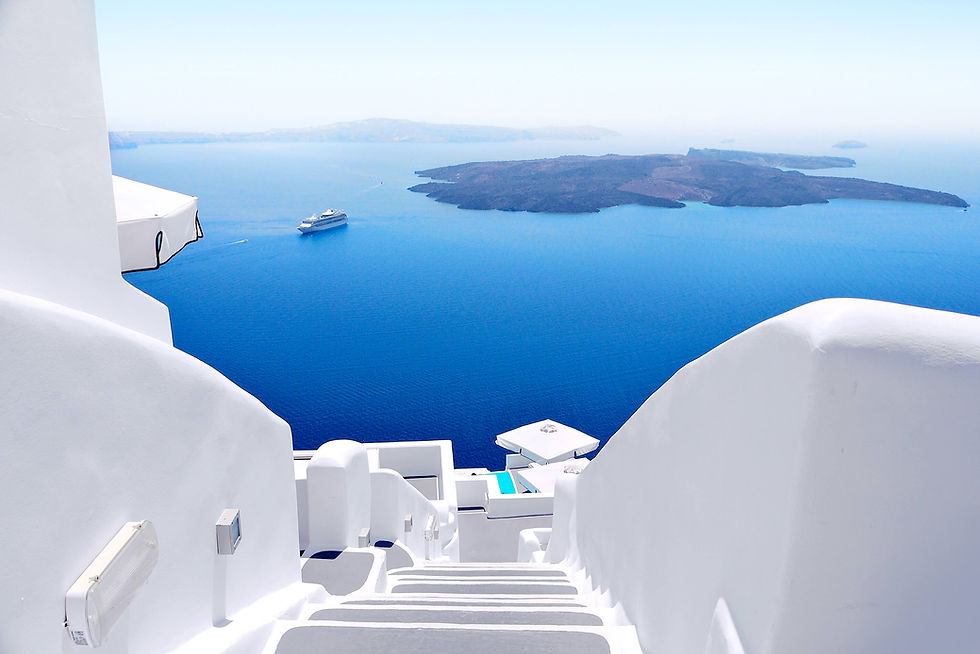Color and Ceramic Frit Ink
- Illuma Studio

- Dec 12, 2019
- 3 min read
Updated: Dec 15, 2019

A very important aspect of this technology that we want to impress upon you is the result of the inks being heavy metal-free and not containing lead cadmium metal specifically. It’s important to explain exactly what this means, so that you choose your images appropriately and prepare your files accordingly. The Color Mode for Digital Printing with our manufacturer is referred to as BGWORK. ( Black, Green, White, Orange, Red, BlacK).
Because we live in a computer LED world of great vibrancy and over saturation; you must not expect this from a digital glass print. It’s different, very different, in a beautifully different way. Most notably, is its delicacy and translucence. It’s not like anything else and therefore , it should not be compared to anything else!

BGWORK is a softer more muted look, one that becomes very vibrant when light passes through it, whether directly or indirectly as reflected off of a white wall. Many people are lighting their pieces from behind and we can certainly help with this if you have an interest in lighting please see the Lighting a Glass Art Print article for more information.
The Primary Colors are not what you would expect them to be, not what we’re used to… let us show you what we mean. ( Please calibrate your monitor to properly view this subject matter).
RED
Pantone 180C


BLUE
Pantone 362C


GREEN
Pantone 362C


ORANGE
Pantone 1225C


BLACK


Although we know that there are many tints to White; which you can control as shown above at 1% level. Just like in traditional paint mixing and Color Theory; a color looks brighter when set on Black than it does on White, Why? because the light is being reflected by the color and absorbed by the black. Many traditional rules of thumb like this apply and we've found there is much information to be had on the Internet regarding Color Theory.
As you can imagine, it is tricky to get an exact match to a Pantone because it’s printed on glass and when you hold the glass up and light passes through it, the color will appear lighter and more vibrant. Also, shown here it’s dependent upon the calibration of your monitor, so do look them up so you can get a general idea of what the ink color actually looks like. The Red is more of a Brick Red than a Cherry Red, etc.,
The image processing software automatically splits the graphic into these six separate colors and with the ability to mix these primaries, you end up with a very wide spectrum palette to work in.
As already stated, our manufacturer refers to this color conversion as BGWORK ( Black, Green, White, Orange, Red, BlacK), which is how we think Yellow was renamed Orange! Easier to remember. We recommend all art files be submitted in RGB , so that they can be easily converted by the software to BGWORK colors, or else the printer will not recognize the file.

As mentioned before the software has Opacity Control , which means you can control the density of the printed layer. Controlling the opacity produces a smooth transition across the full 100%-0% gradient bar using white ink. This enables a smoother print texture and extends the gray levels. Notice how beautiful they look when light passes through them. ( 100 – 10% shown above).
Different transparencies can be achieved in preparation of the file using different color percentages ( Adobe Photoshop); which will translate to ink percentages. We can also increase the percentage even more if you are looking for a more opaque look by making some adjustments in the printers presets (the colors that are within the bars are the pure ceramic ink colors (BGWORK).




Comments